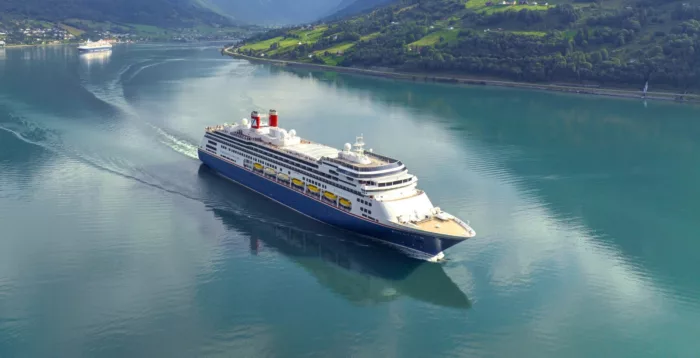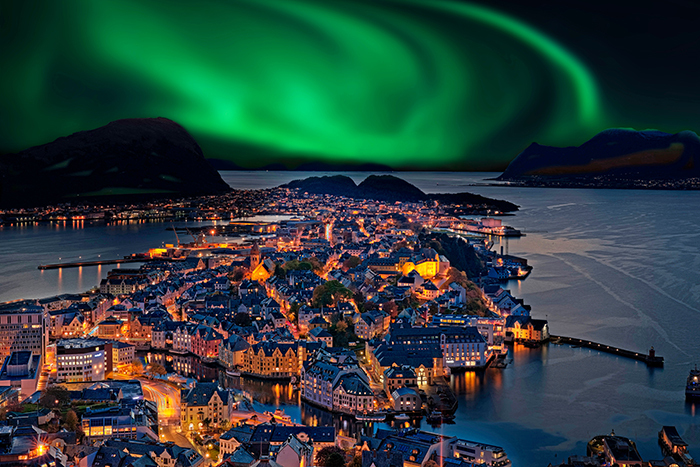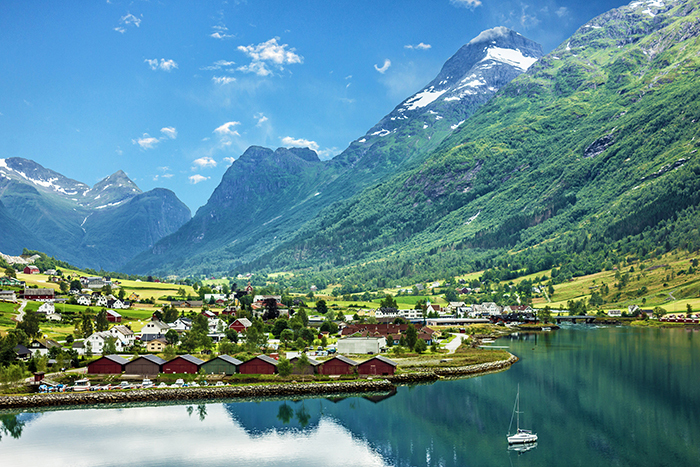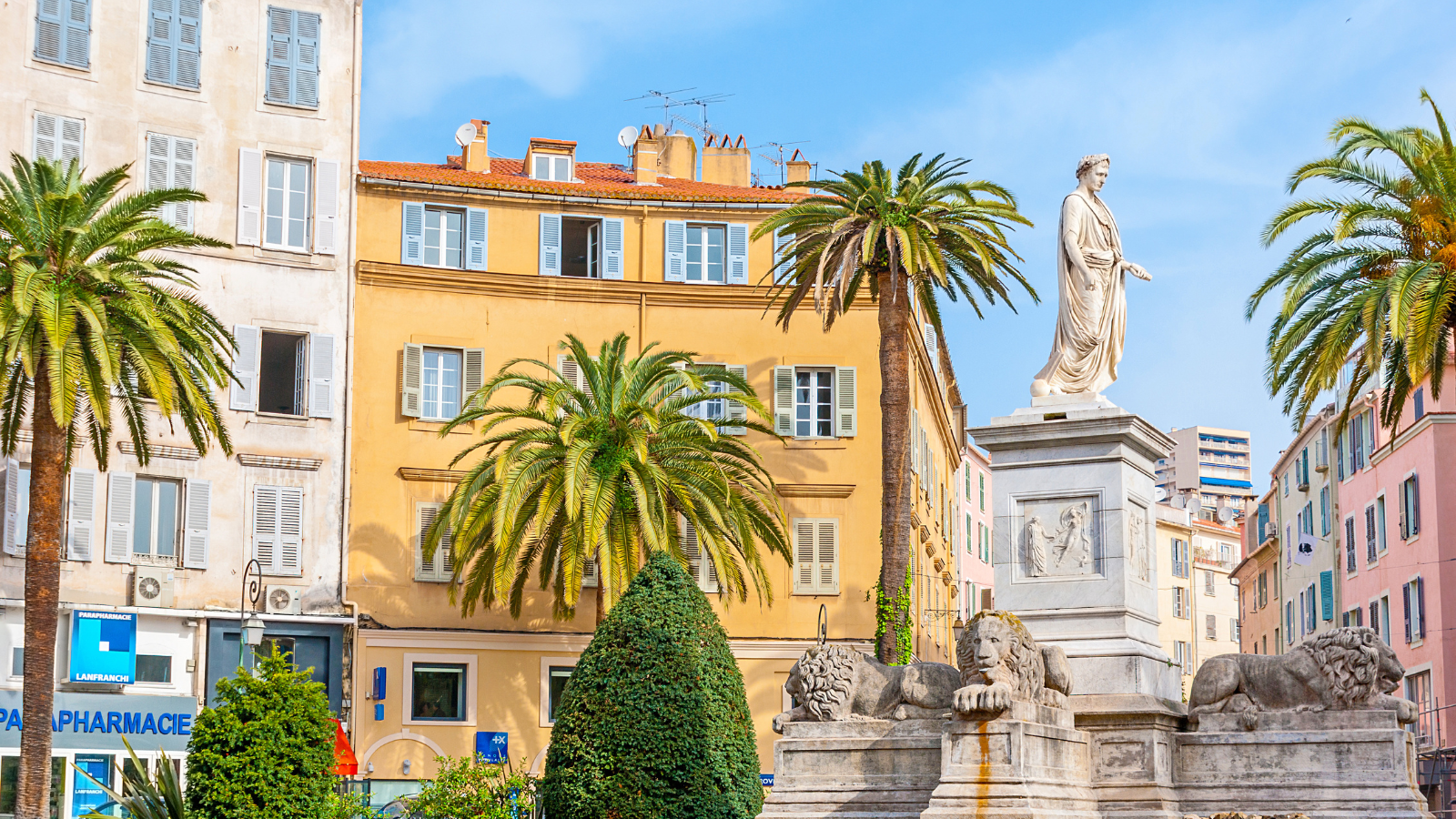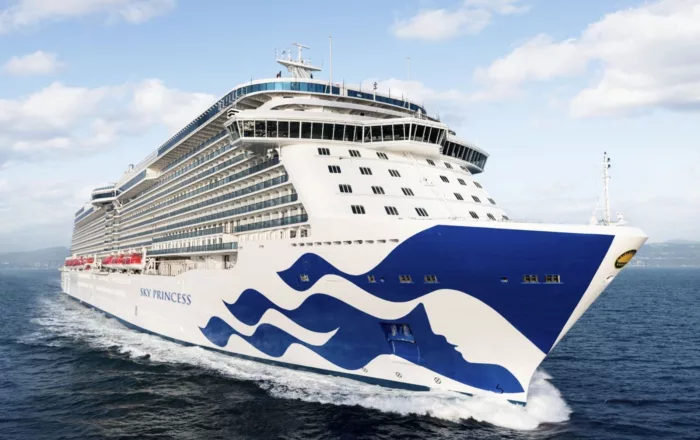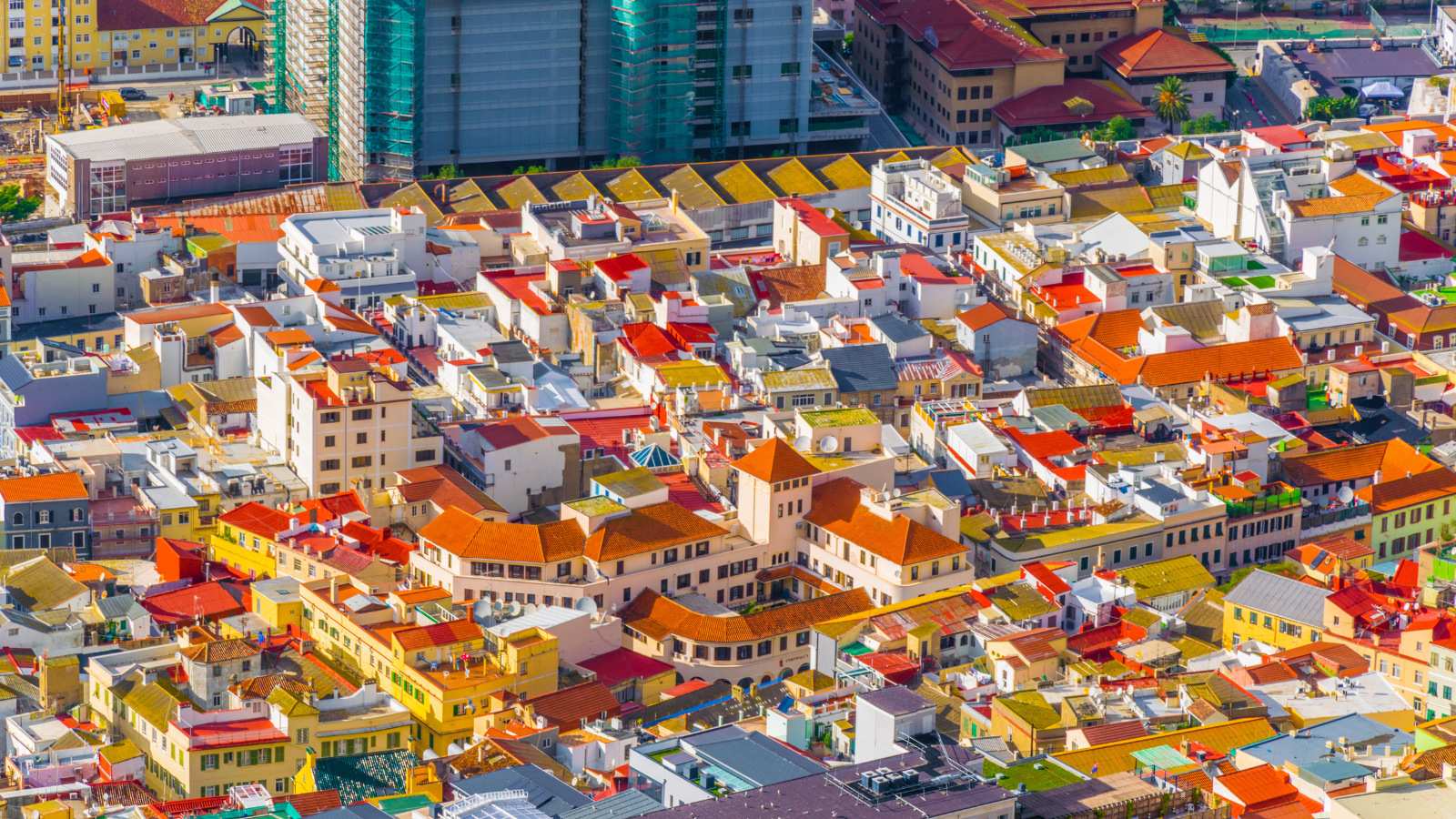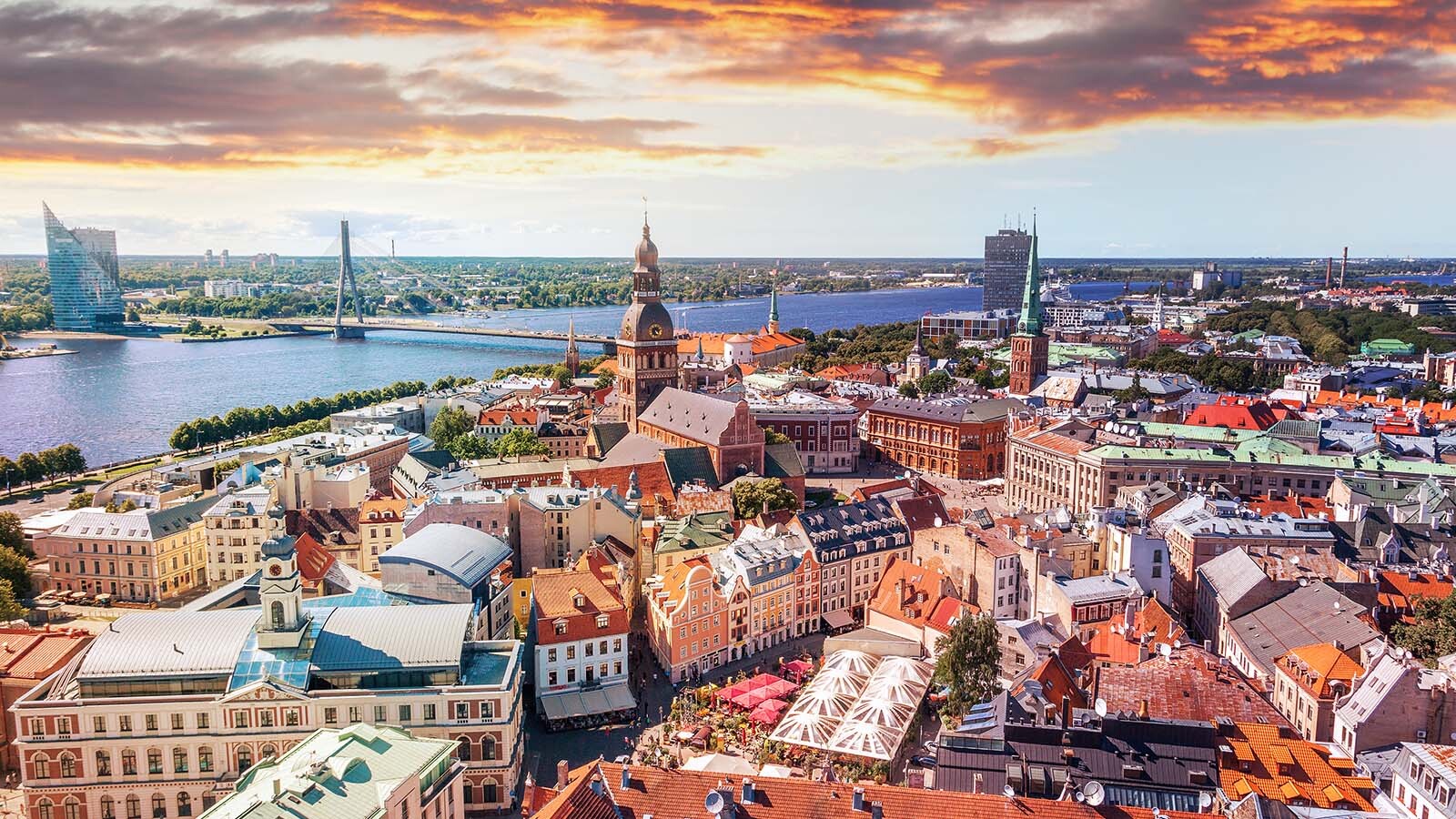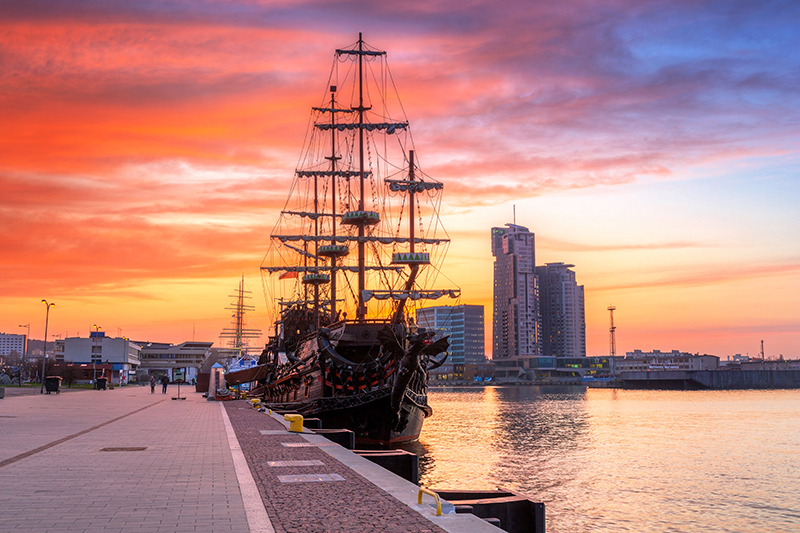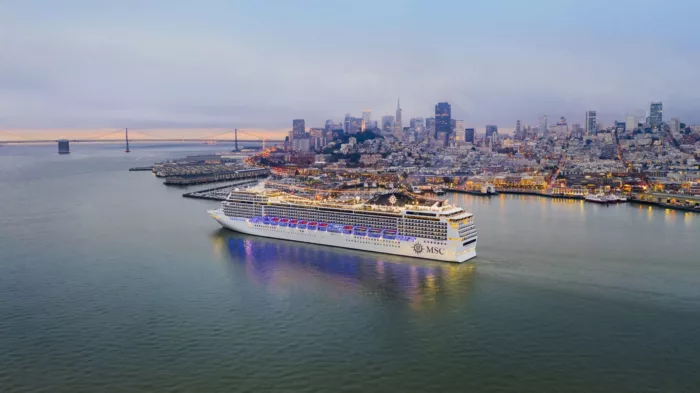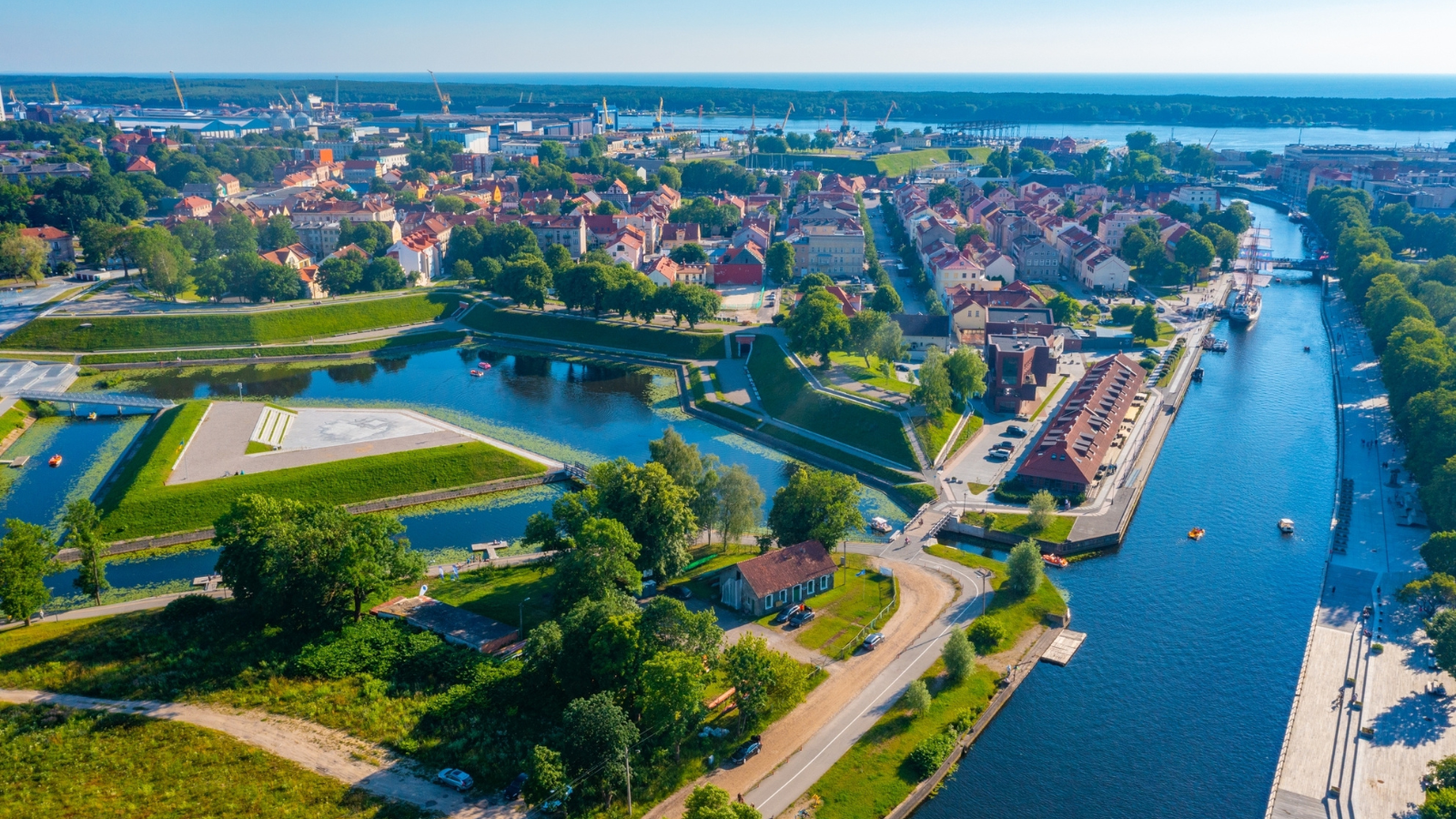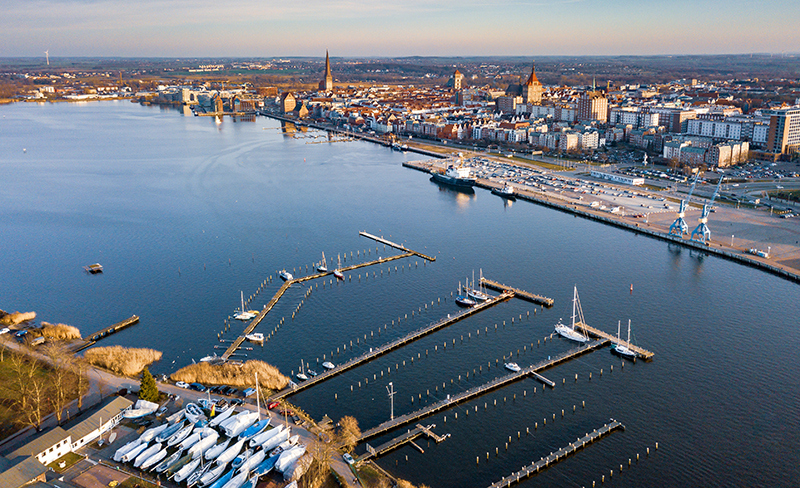
The rumour mill: Is Norway banning cruise ships after 2025?
There’s been heavy miscommunication regarding Norway’s attitude towards fuel-powered cruise ships. So, let’s get this straight – is Norway banning cruise ships from 2026? The answer is both yes and no. Here’s the lowdown
Norway is more than the world’s largest sovereign wealth fund. There’s more to the Norwegian mantra than a functional social democratic system. It’s not all Vikings, Teslas and brown cheese. Norway also happens to have the greatest landscapes known to man, and it’s causing a problem.
The country’s imposing fjords, soaring mountains and dramatic coastal landscapes aren’t just home to people, but also to vibrant marine ecosystems – not to mention the seemingly-permanent presence of cruise ships. You don’t need to be Sylvia Earle to understand that the latter don’t really mix.
That’s why the Norwegian authorities have taken significant steps to tighten regulations. Some headlines incorrectly state that Norway is banning cruise ships altogether, but the reality is less extreme. When 2026 rolls on round, access will become tightly controlled, rather than dishing out immediate bans. Ships that don’t meet stringent emission regulations will be prohibited from the glacial waters that envelop Norway’s celebrated fjords, but there are plenty of cruise ships that will remain unaffected.

You can hardly blame the Norwegian authorities for taking such measures. It’s in their interest to protect the country’s natural treasures. While Norway’s grand status as a bucket-list destination draws millions of cruisegoers each year, the surging cruise traffic has brought environmental challenges that threaten those landscapes that make Norway so attractive.
Yet, it’s a balancing act. Cruise tourism remains a big part of the economy, and banishing all cruise itineraries firmly into the history books would devastate local areas. The strict regulations set for 2026 onwards will, therefore, not evict all cruise ships from these ports. However - it will severely limit the number of recreational vessels permitted into Norwegian waters.
If your ship doesn’t adhere to the new emissions policy, then you’ll likely be escorted by scary military types until you reach international waters. Chances are, you’ll be lucky to escape with only light bruising.
Besides reducing the environmental impact, this action will preserve the delicate ecosystems, and promote sustainable tourism practices. Let’s not forget, the fjords are UNESCO-registered. And you wouldn’t drive a fleet of Range Rovers across Skara Brae, or use the Acropolis of Athens as an airport runway.
So, what’s the deal? Does all this mean that the big cruise companies will cease to visit come January 1, 2026? Not exactly. It's time to dig deep and establish exactly what is going on.

Why Norway has environmental concerns
Norway’s fjords are not just scenic wonders. The fjords are sensitive ecosystems that support a rich variety of marine life; from fish and seabirds, to whales and seals. The influx of large cruise ships has raised a plethora of environmental concerns, primarily due to air and water pollution, noise disturbances, and physical impacts on the marine environment.
One of the main issues is air pollution caused by the emissions of sulfur oxides (SOx), nitrogen oxides (NOx), and particulate matter from the heavy-fuel oils used by many large cruise ships. These pollutants contribute to poor air quality, which affects both the health of local communities and the natural environment. In fact, cruise ships account for almost 3% of the country’s greenhouse gas emissions.
Another critical issue is the discharge of waste, including sewage, foodstuffs, and ballast water, which can introduce harmful substances and invasive species into the fjords. The noise generated by cruise ships also disrupts marine life, particularly whales and other sea mammals, which rely on sound for communication and navigation.
To address these problems, Norway is enacting some of the world’s toughest environmental standards for cruise ships, especially those operating in its World Heritage fjords. The first set of regulatory changes will arrive in January 2026, with a complete ban on fuel-powered cruise ships expected in 2032.

New regulations for 2026
The new regulations aim to significantly reduce the environmental footprint of cruise tourism in Norway. Key measures include the introduction of stringent NOx emission standards, limitations on the size and number of cruise ships allowed into certain fjords, and a cap on the number of passengers that can disembark in specific ports. It may sound untoward, but Amsterdam has already taken similar steps.
Perhaps the most ambitious regulation is Norway’s plan to ban all non-zero-emission ships from entering its World Heritage fjords by 2032. This means that only ships that run on cleaner technologies, such as electric or hybrid propulsion, will be permitted to operate in these sensitive areas.
The original all-out cruise ship ban was to start in 2026, but the proscription has been delayed by six years to allow development of new vessels for the affected cruise lines. The ruling will still apply to tourist ships and ferries under 10,000 tonnes come January 1, 2026.
These measures are part of Norway’s broader commitment to becoming a world leader in sustainable tourism. The country is pushing for innovations in green technology, encouraging cruise lines to invest in cleaner fuels, advanced emission control systems and other environmentally friendly solutions.
By setting these high standards, Norwegian authorities hope to inspire global shipping and tourism industries to adopt more sustainable practices.

Ambassador Cruise Line: Leading the way
Amid these stringent regulations, Ambassador Cruise Line stands out as a company that has adapted to Norway’s environmental demands, allowing it to continue operating in these stunning waters.
Ambassador is relatively new to the cruise industry but has quickly made a name for itself by prioritising sustainability and environmental stewardship. The line operates smaller, more efficient ships designed to minimise their impact on the environment, making them ideal for navigating Norway’s fjords.
The cruise line’s commitment to eco-friendly travel has been showcased by the technology used on MS Ambience and MS Ambition. The fleet is equipped with advanced emission control systems that meet Norway’s NOx requirements, reducing harmful air pollutants significantly compared to traditional cruise ships.
Ambience and Ambition also feature energy-efficient designs to reduce fuel consumption, and systems that manage waste more sustainably. These innovations enable Ambassador to comply with Norway’s current and upcoming environmental standards, positioning it as a leader in sustainable cruising.

2026: Cruise lines till sailing to Norway
While Ambassador Cruise Line is a prominent example of a company successfully meeting Norway’s environmental standards, it is not the only one. Other cruise lines that have adapted to the new regulations in Norway include Hurtigruten and Havila Voyages, both of which have been pioneers in sustainable cruising.
Hurtigruten is widely recognized for its innovative approach to reducing the environmental impact of its fleet. The company operates hybrid-powered ships that use a combination of traditional marine gas-oil and battery packs to reduce fuel consumption and emissions.
Hurtigruten has also made significant investments in cutting-edge technologies like LNG (liquefied natural gas) and shore power connections, further minimising the environmental impact of its operations in Norwegian waters.
P&O, Princess, Fred Olsen, Scenic, Cunard and Atlas Ocean Voyages are also permitted to cruise the area, to name only a few. For almost all the larger cruise providers, it's very much business as normal for now.

The future of cruise tourism in Norway
As Norway continues to enforce stricter regulations on cruise ships, the landscape of cruise tourism in the country is evolving. The emphasis on sustainability is reshaping the industry, pushing cruise lines to innovate and adopt greener technologies.
This shift presents an opportunity to lead the way in eco-friendly cruising, offering travelers the chance to experience Norway’s natural beauty without contributing to its degradation. By prioritising sustainability, Norway is not only preserving its own landscapes, but also influencing the future of cruising worldwide.
As for the all-out ban proposed for 2032? Well, between now and then, expect to see a new era of alternative-energy cruise ships being announced. Cruising to Norway will never cease, but the way we currently go about it will.

